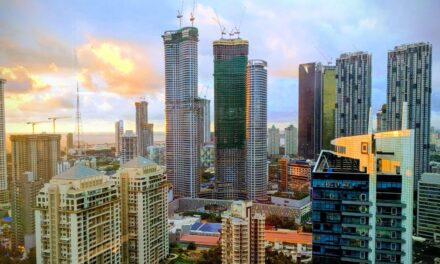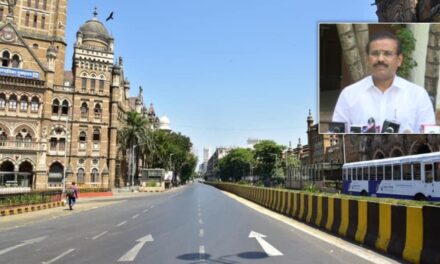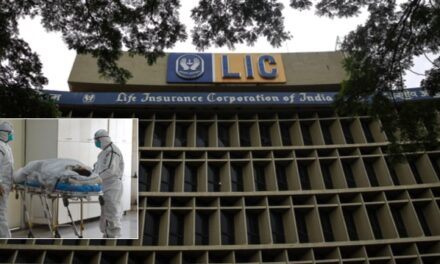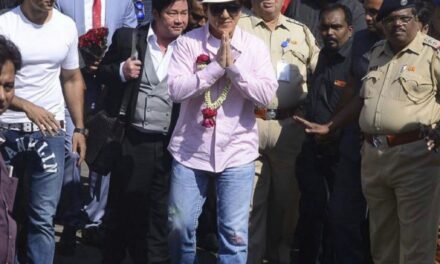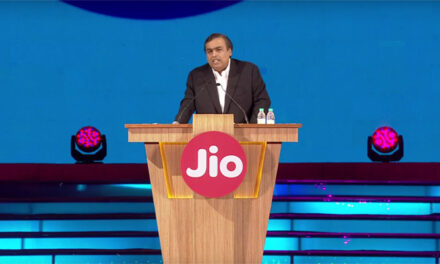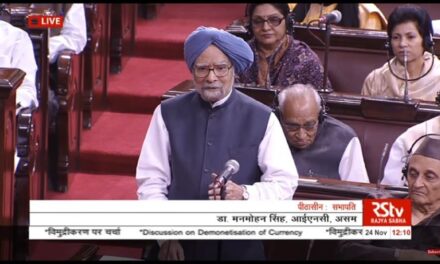No red beacons for ministers or VIPs from May 1: Only PM, President and 3 others exempted
Representational Image. Courtesy: Subodh S
In a move aimed at curbing the prevalent VIP culture in the country, the Union Cabinet on Wednesday banned the use of red beacons on vehicles used by dignitaries, including both central and state ministers.
The ban, which will come into effect from May 1, 2017, applies to all Union Ministers, State Cabinet Ministers, Chief Ministers, both High Court and Supreme Court Judges and other bureaucrats.
Only the President, Vice President, Prime Minister, Chief Justice of India (CJI) and Lok Sabha speaker have been exempted from the rule and can continue to use the red beacons or ‘laal batti’ on their vehicles.
Apart from the aforementioned categories, emergency services like ambulances and police vehicles have also been allowed to use the red beacons.
The decision to ban the use of red beacons is in line with Prime Minister Narendra Modi’s vision of bringing in more transparency and putting an end to the ‘VIP culture’. The PM is even planning give up the privilege of using the beacon himself, sources claim.
The Prime Minister’s Office (PMO) had reportedly called a meeting last week to discuss if the use of red beacon should be discarded or restricted.
Earlier, the Road Transport Ministry presented three options before the PMO, one of which proposed to end the use of red beacons altogether. At the time, the states were asked to submit the details of people who had used red beacon on their vehicles.
However, the ministry’s proposal had been pending for over 18 months.
Meanwhile, the the newly formed governments in Uttar Pradesh and Punjab, led by BJP’s Yogi Adityanath and Congress’ Captain Amarinder Singh, have already taken steps to either stop or restrict the use of such beacons.
Singh had even claimed that the beacon was a “regressive symbol which should have no place in a progressive society like ours, where accessibility is an important criterion in gauging the popularity of any leader”.


